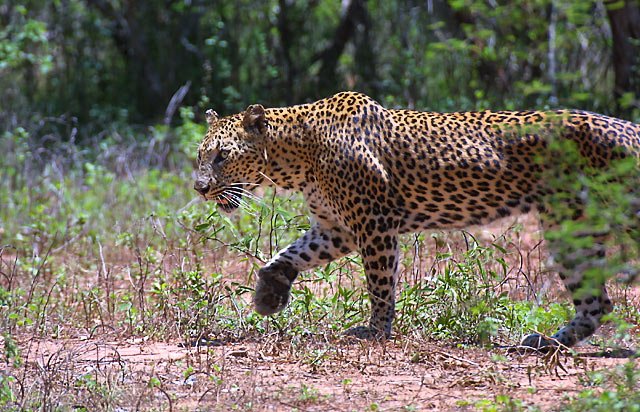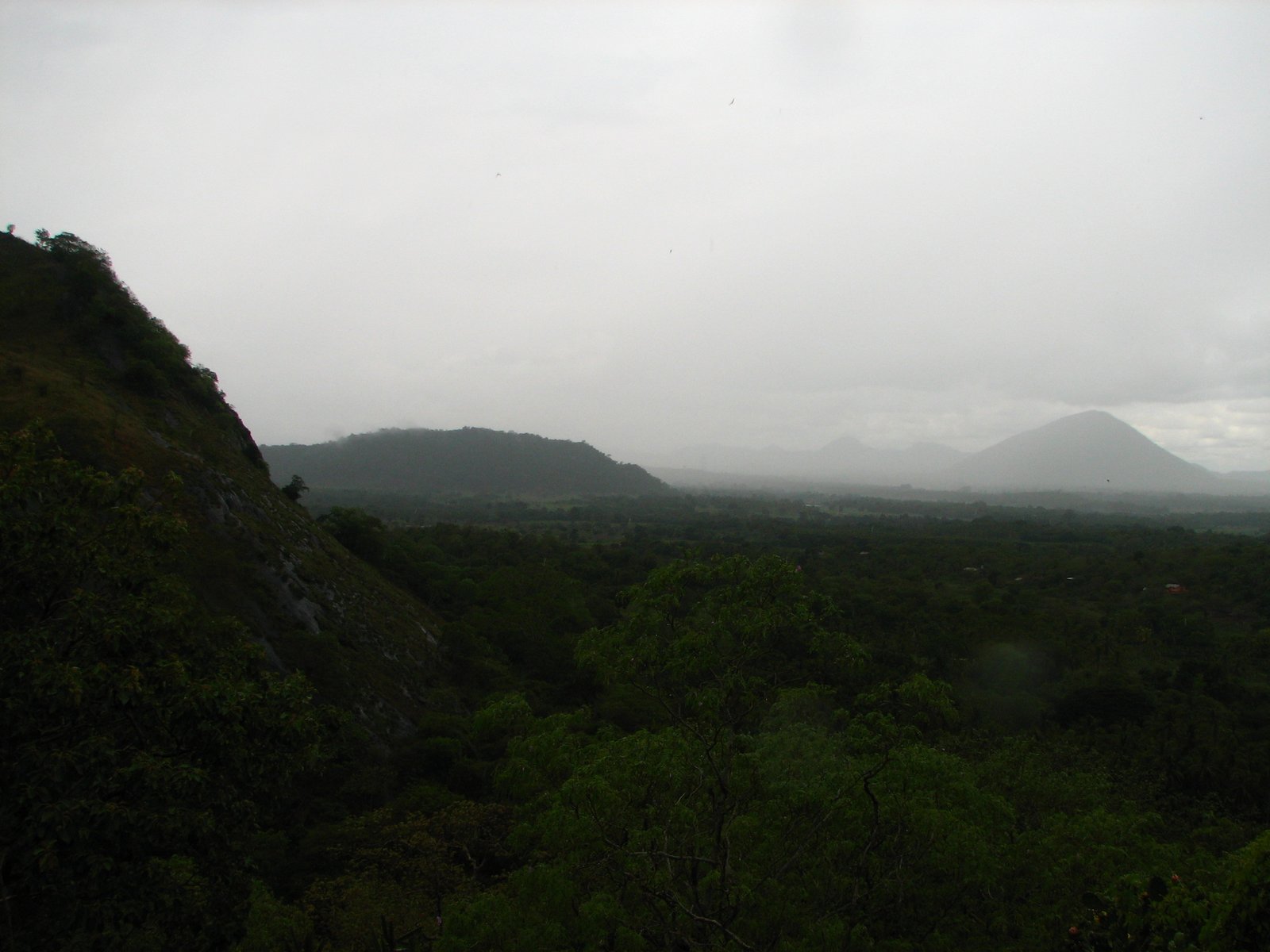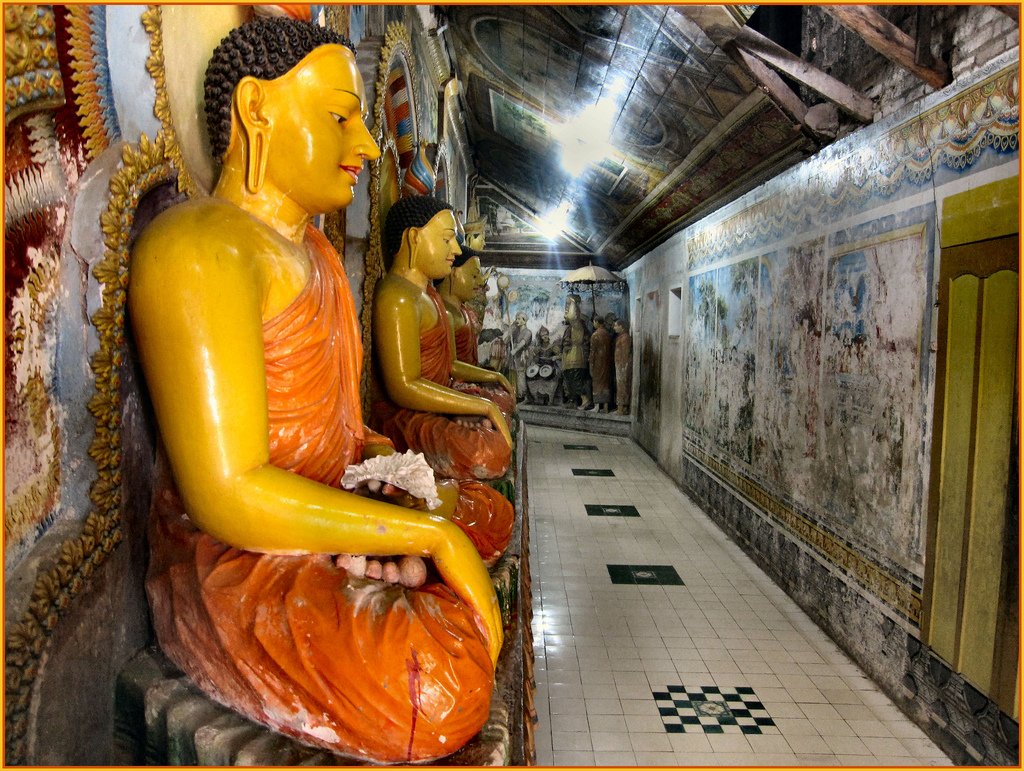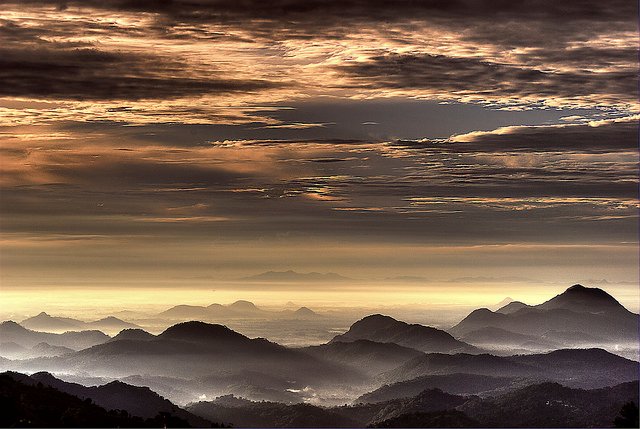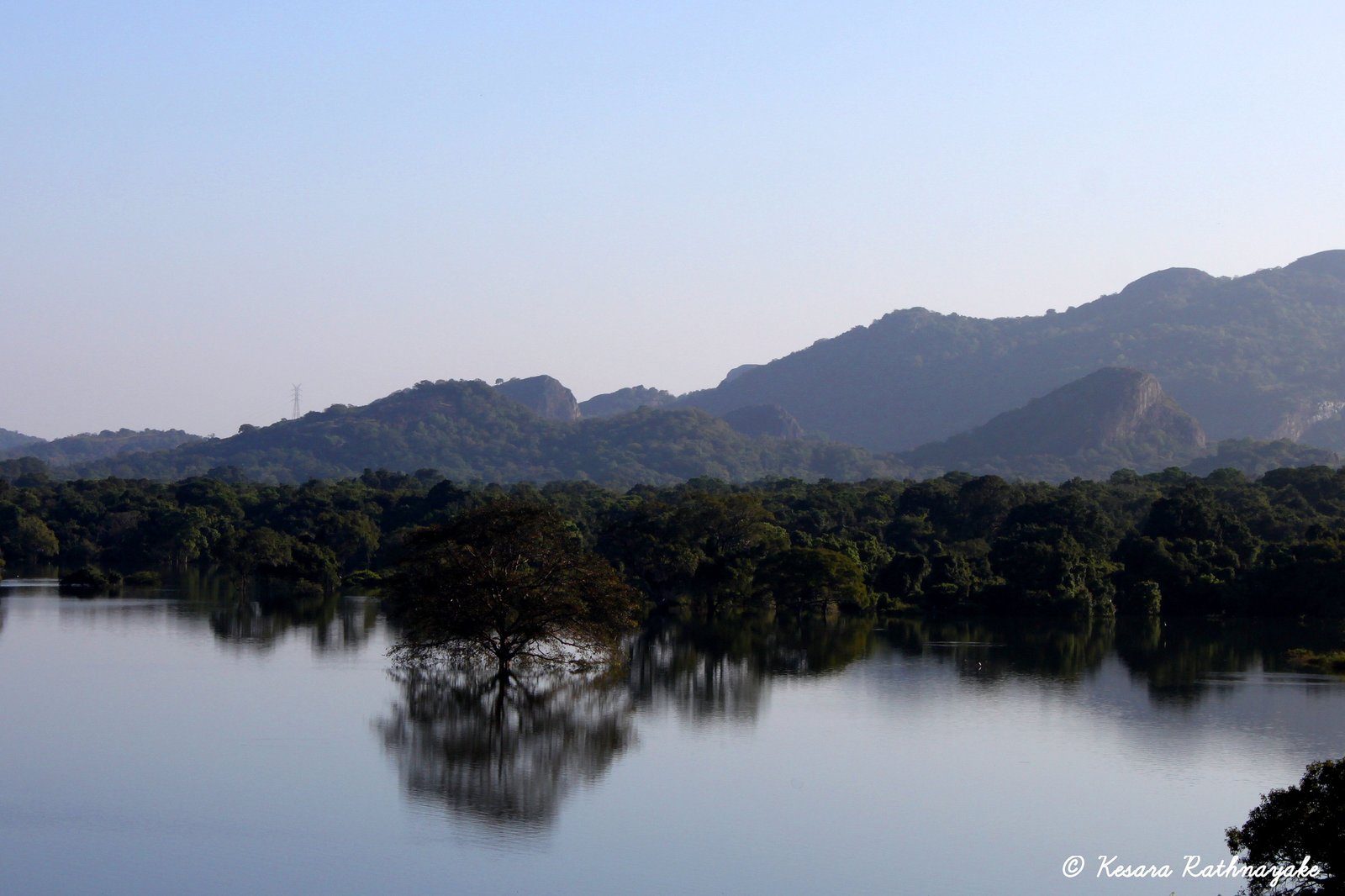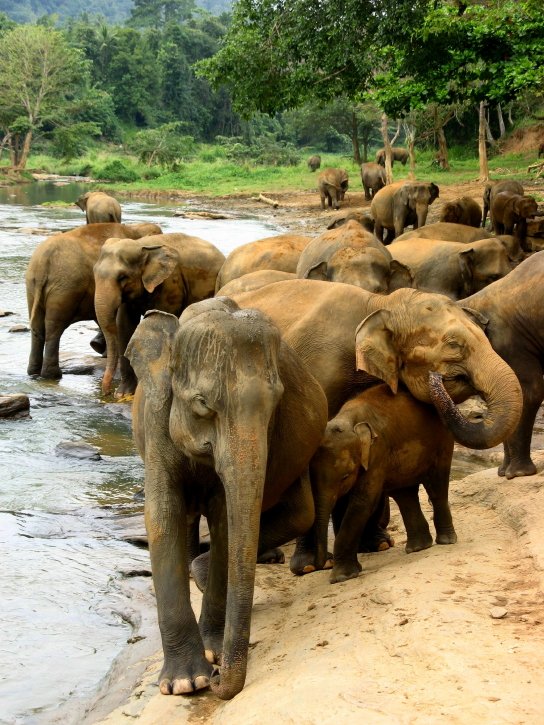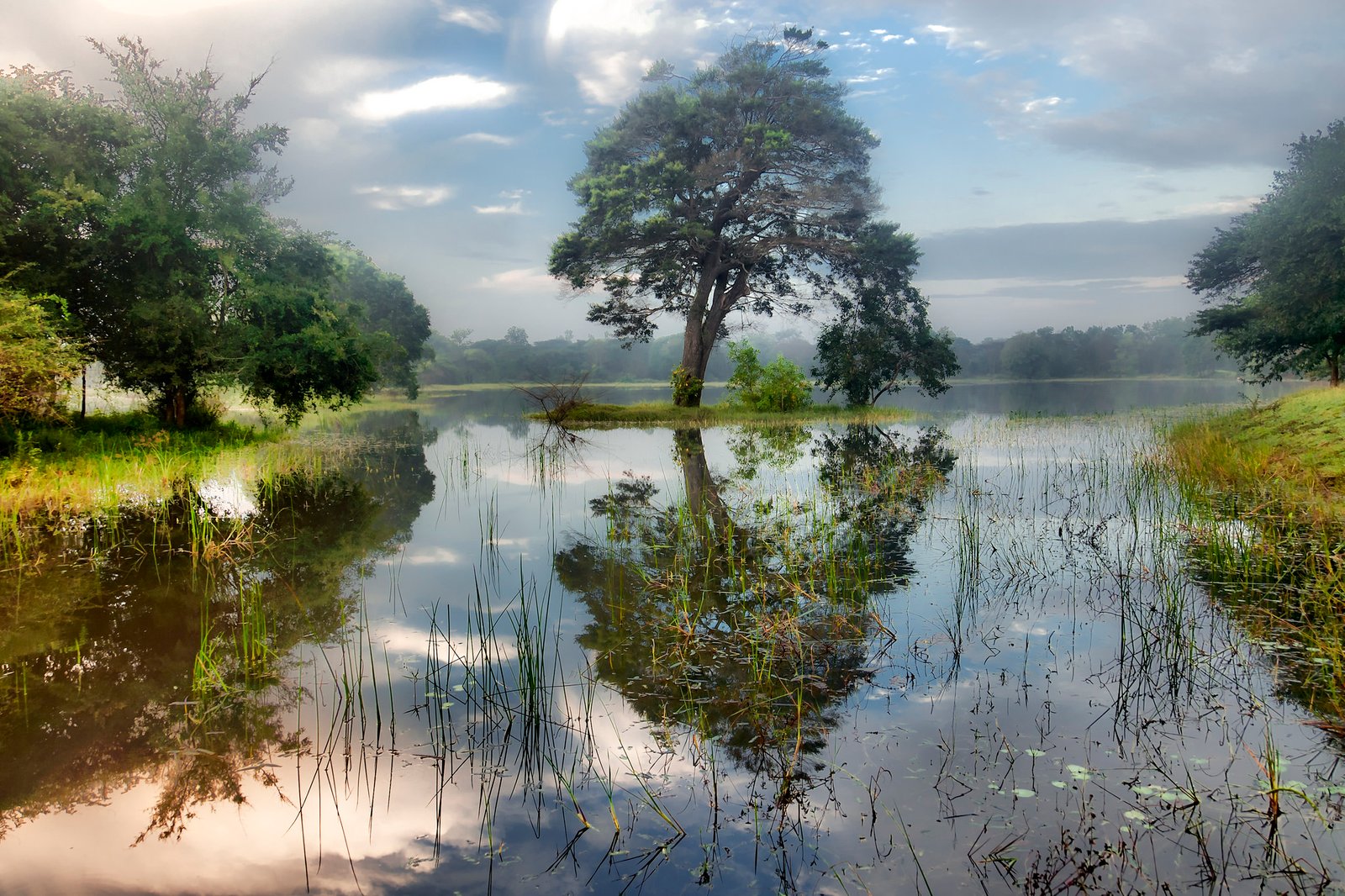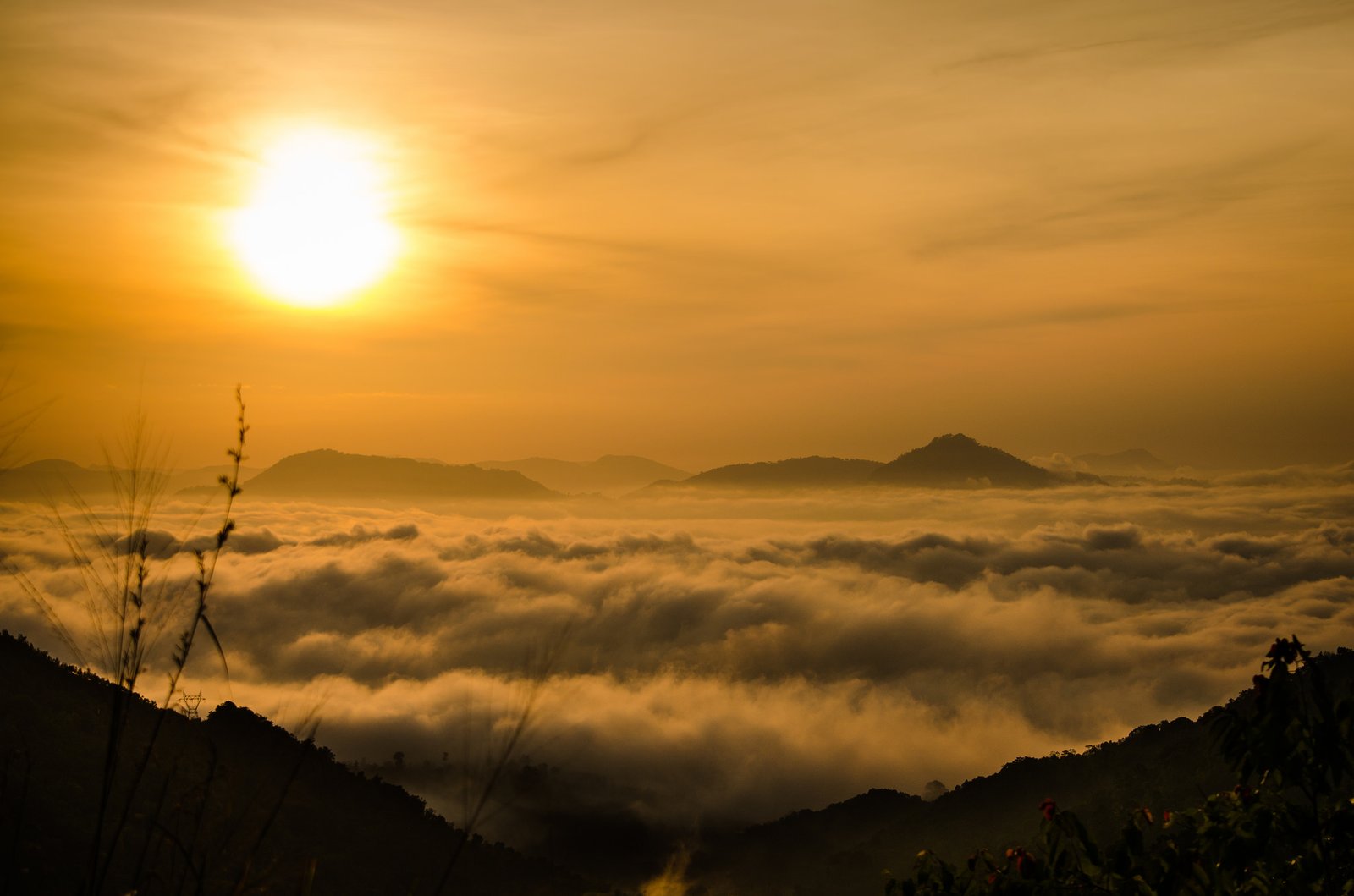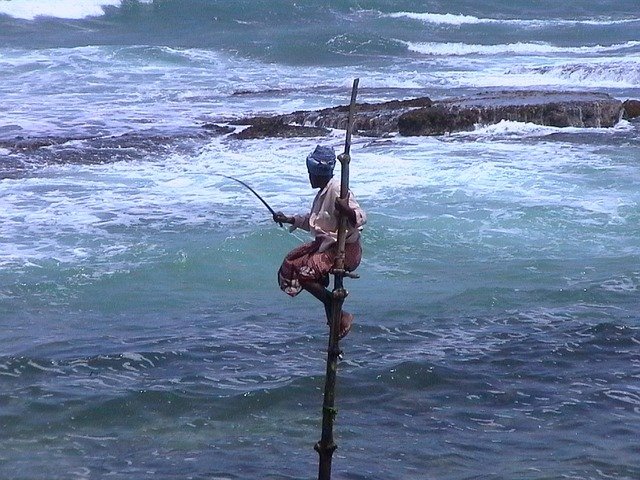Kandy, the last capital of the ancient kings' era of Sri Lanka, this city of a bygone time lies in the midst of hills in the Kandy plateau which crosses an area of plantations. One of the most scenic places in Sri Lanka, it is both an administrative and religious city and is also the home of The Temple of the Tooth Relic (Sri Dalada Maligawa), one of the most venerable places for the Buddhist community of Sri Lanka and all around the world. It was declared a world heritage site by UNESCO in 1988.
Known by many different names and versions of those names, the historical name is Senkadagala or Senkadagalapura, officially Senkadagala Siriwardhana Maha Nuwara (meaning 'great city of Senkadagala of growing resplendence') shortened to 'Maha Nuwara'. According to folklore this name originated from one of the several possible sources. One being the city was named after a Brahmin with the name Senkanda who lived in a cave nearby, and another being a queen of Vikramabahu III was named Senkanda, and after a coloured stone named Senkadagala. The English name Kandy, which originated during the colonial era, is derived from an Anglicized version of the Sinhalese Kanda Uda Rata (meaning the land on the mountain) or Kanda Uda Pas Rata (the five counties/countries on the mountain) . The Portuguese shortened this to "Candea", using the name for both the kingdom and its capital. In Sinhalese, Kandy is called Maha Nuvara, meaning "Great City" or "Capital", although this is most often shortened to Nuvara, pronounced Nuwara. Historical records suggest that Kandy was first established by the Vikramabahu III (1357–1374 CE), who was the monarch of the Kingdom of Gampola, near the Watapuluwa area, north of the present city, and named Senkadagalapura at the time.
The second-largest city of the island and the capital of Central Province of modern Sri Lanka, its geographic location has made it a major transportation hub in the island. The main roads Colombo-Kandy and Kandy-Nuwara Eliya are two of the most scenic roads of Sri Lanka. The Colombo-Kandy road passes through rubber plantations and rice paddies and the Kandy-Nuwara Eliya road cuts through paddy fields and seamless tea plantations. Both roads claw their way up winding, rounding over the rings of hills.
On the north shore of the lake, which is enclosed by a parapet of white stone dating to the beginning of the 19th century, are the city's official religious monuments, including the Royal Palace and the Temple of the Tooth, known as the Dalada Maligawa. The Temple of the Tooth is open from dawn to dusk and houses a tooth relic of the Lord Buddha, and is consequently considered one of Sri Lanka's holiest of shrines. Although you may not view the actual tooth itself, the casket within which it is said to be is displayed twice a day. The best time to view this ornate casket is around 6.30PM. The Perahera is the most famous festival in Kandy and is usually held in August. It's a pageant where many elephants participate and is a not to be missed sight!
The Pinnawala Elephant Orphanage has about seventy semi-tame elephants roaming freely around this wonderful sanctuary. Feeding and bathing times are especially enjoyable. Definitely worth the trip especially if you have children.
The Royal Botanical Garden in Peradeniya is the best botanical garden in Sri Lanka and one of the best in the region. It dates back to the ancient kings of the country although the British changed the look of it. The British are said to have used the gardens to grow trees that could not be grown at Kew gardens. The large banyan tree, the orchid house, the suspension bridge, and the bats are some of the main attractions.
Location MAP
Nearby Hotels







